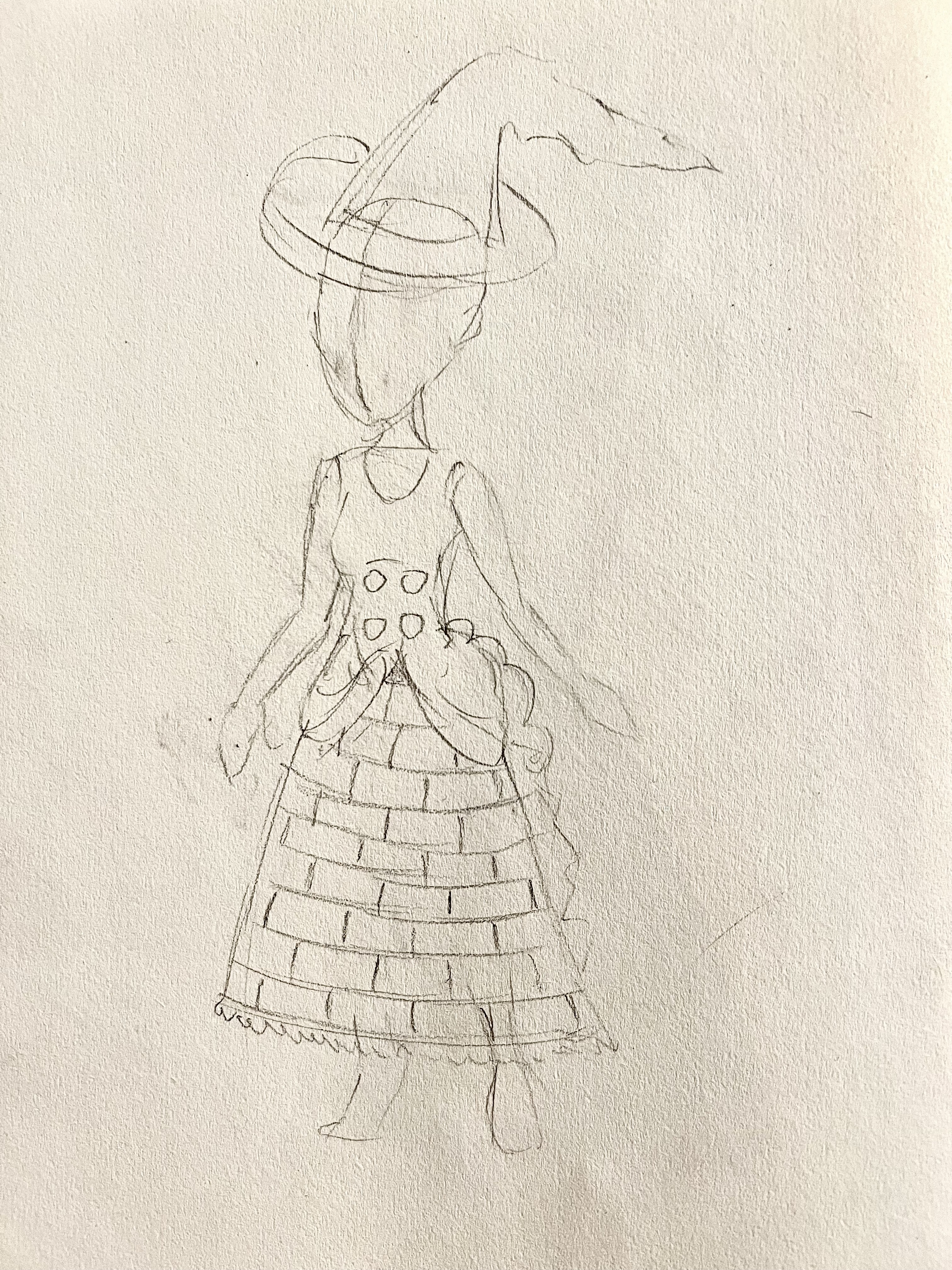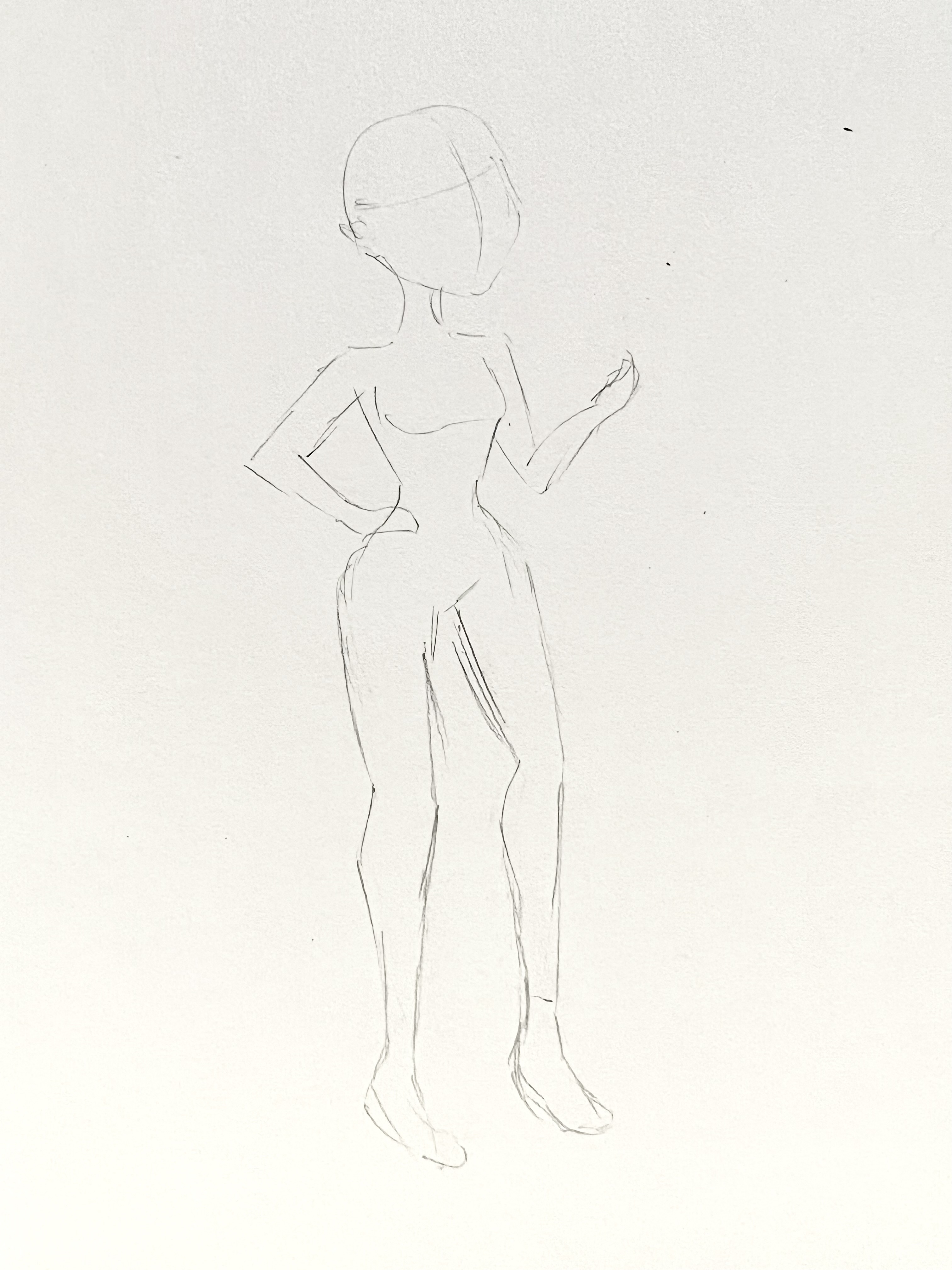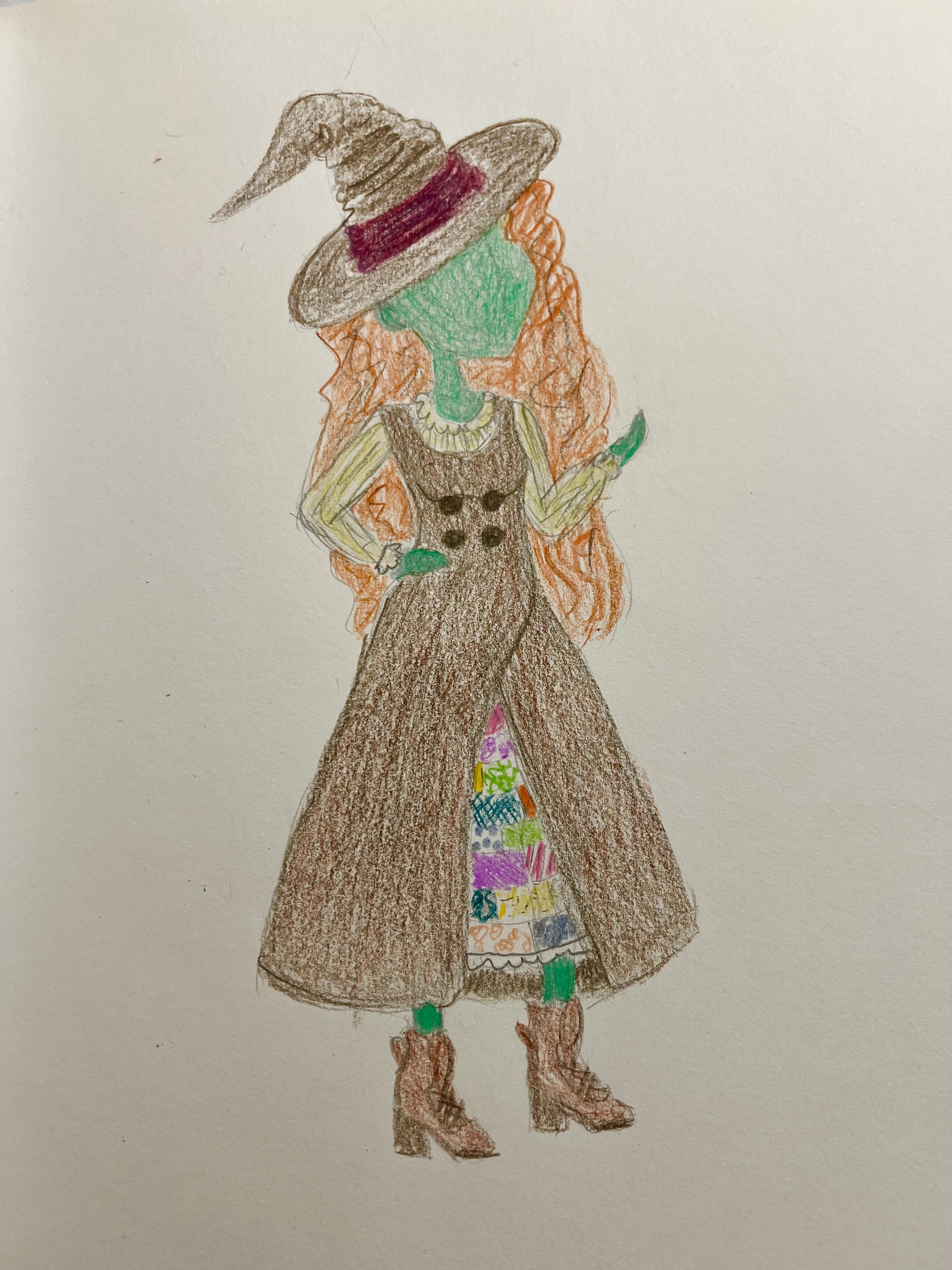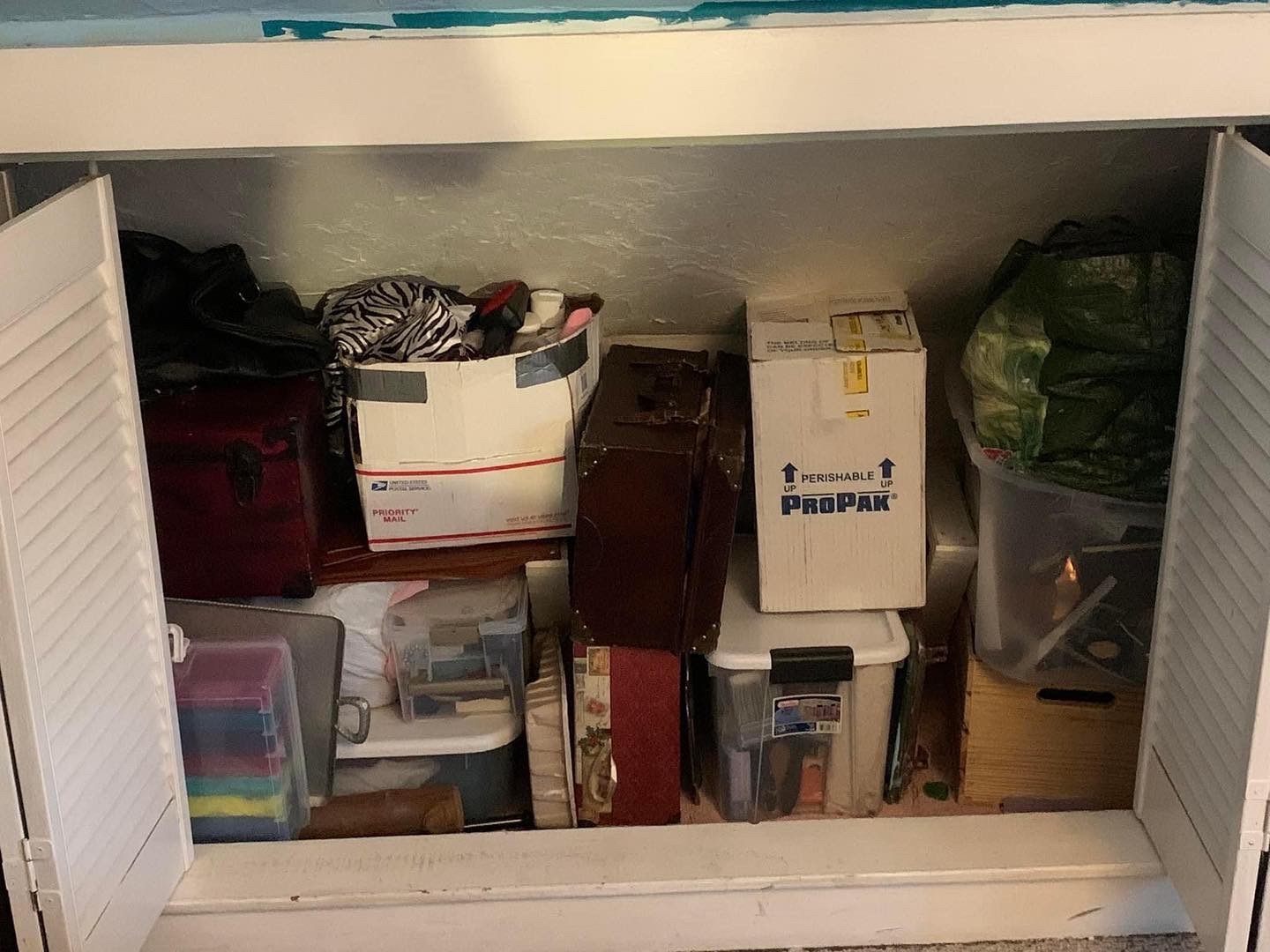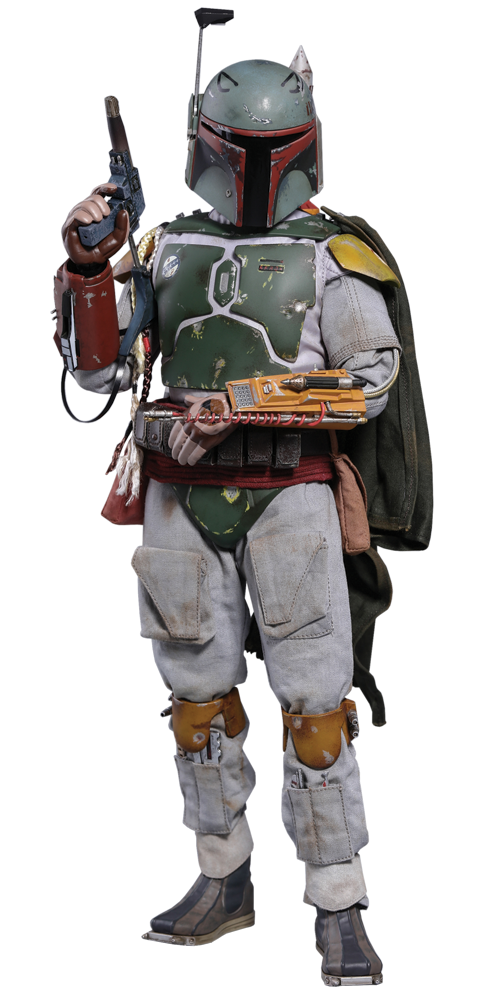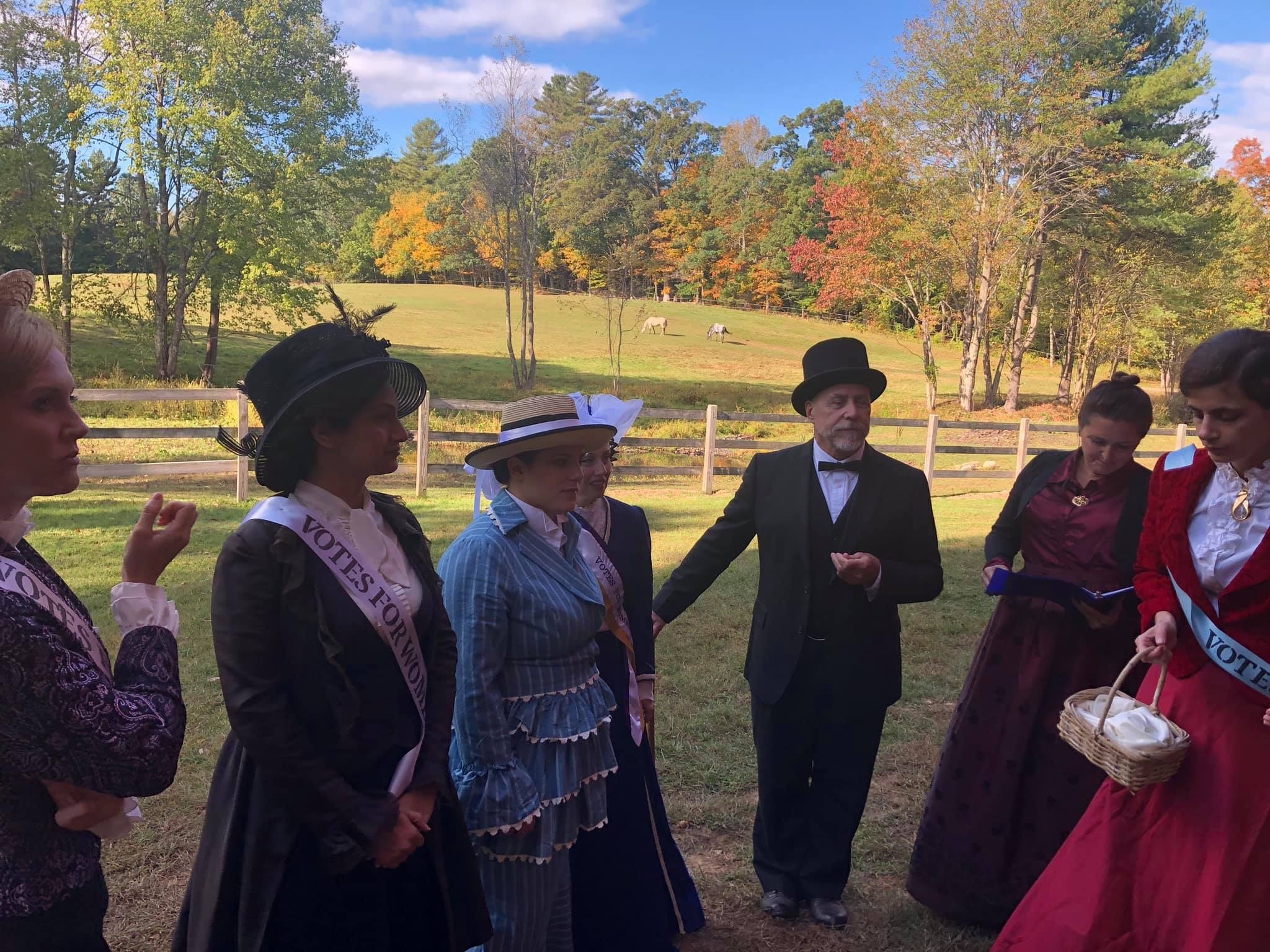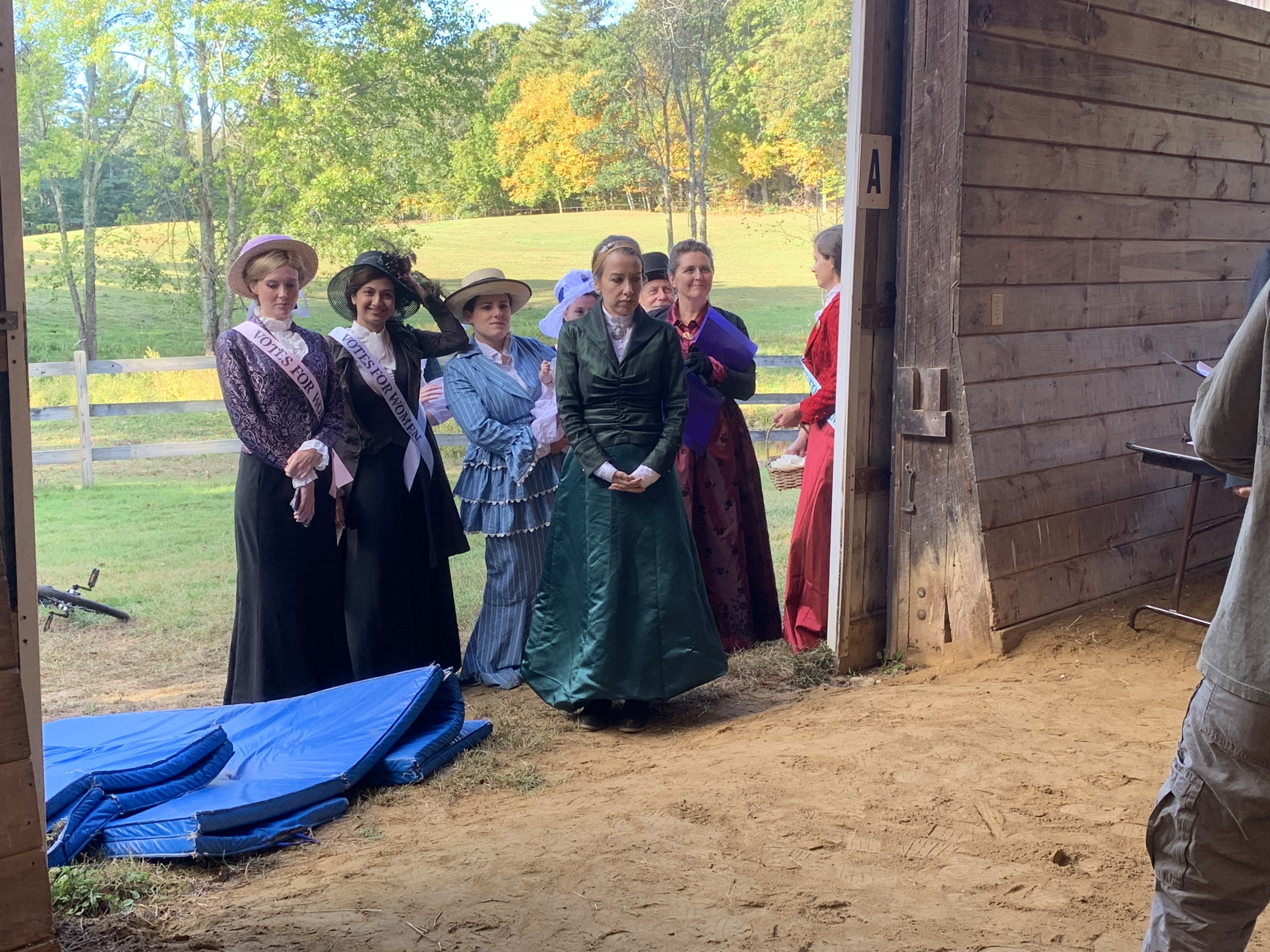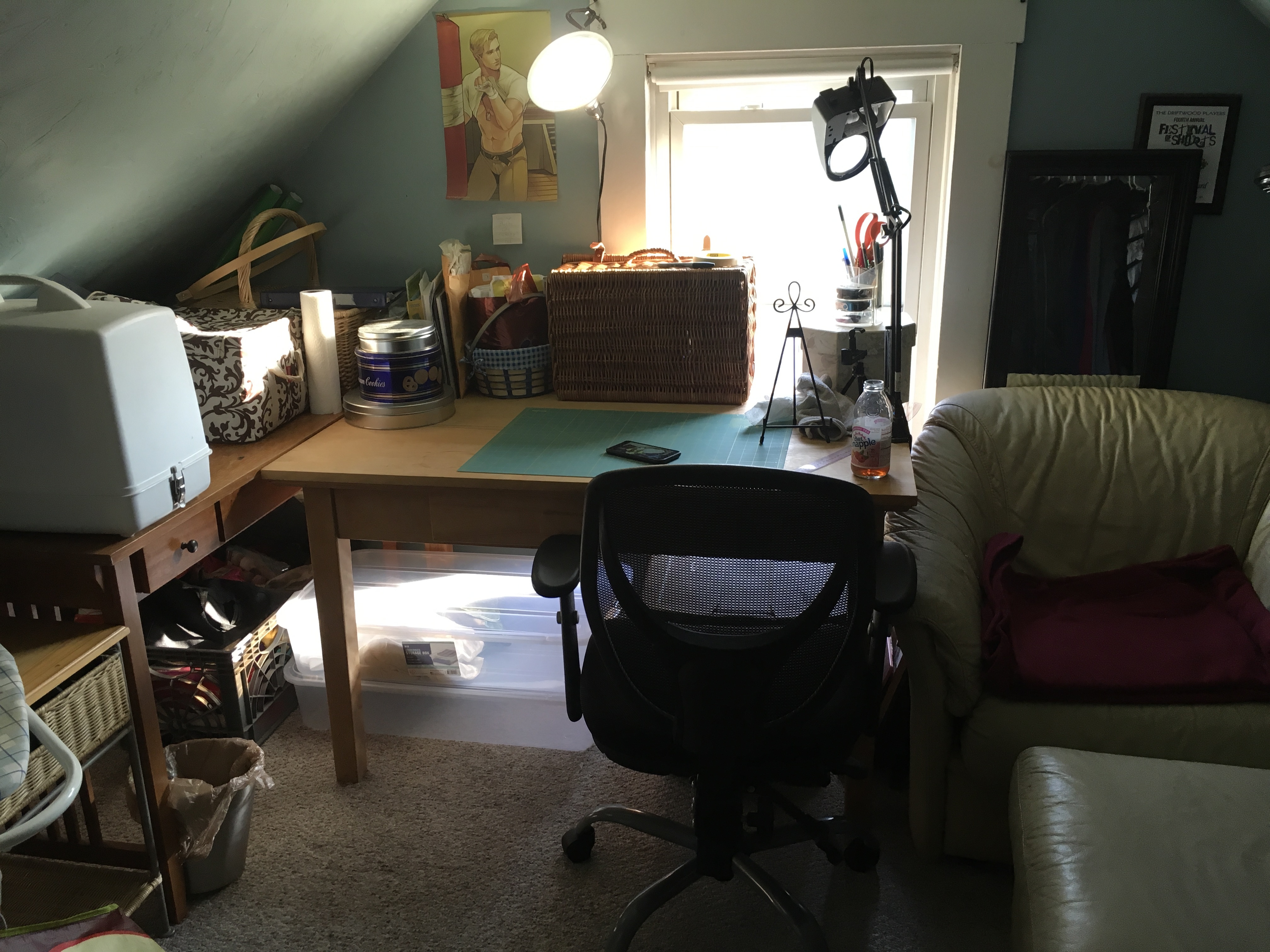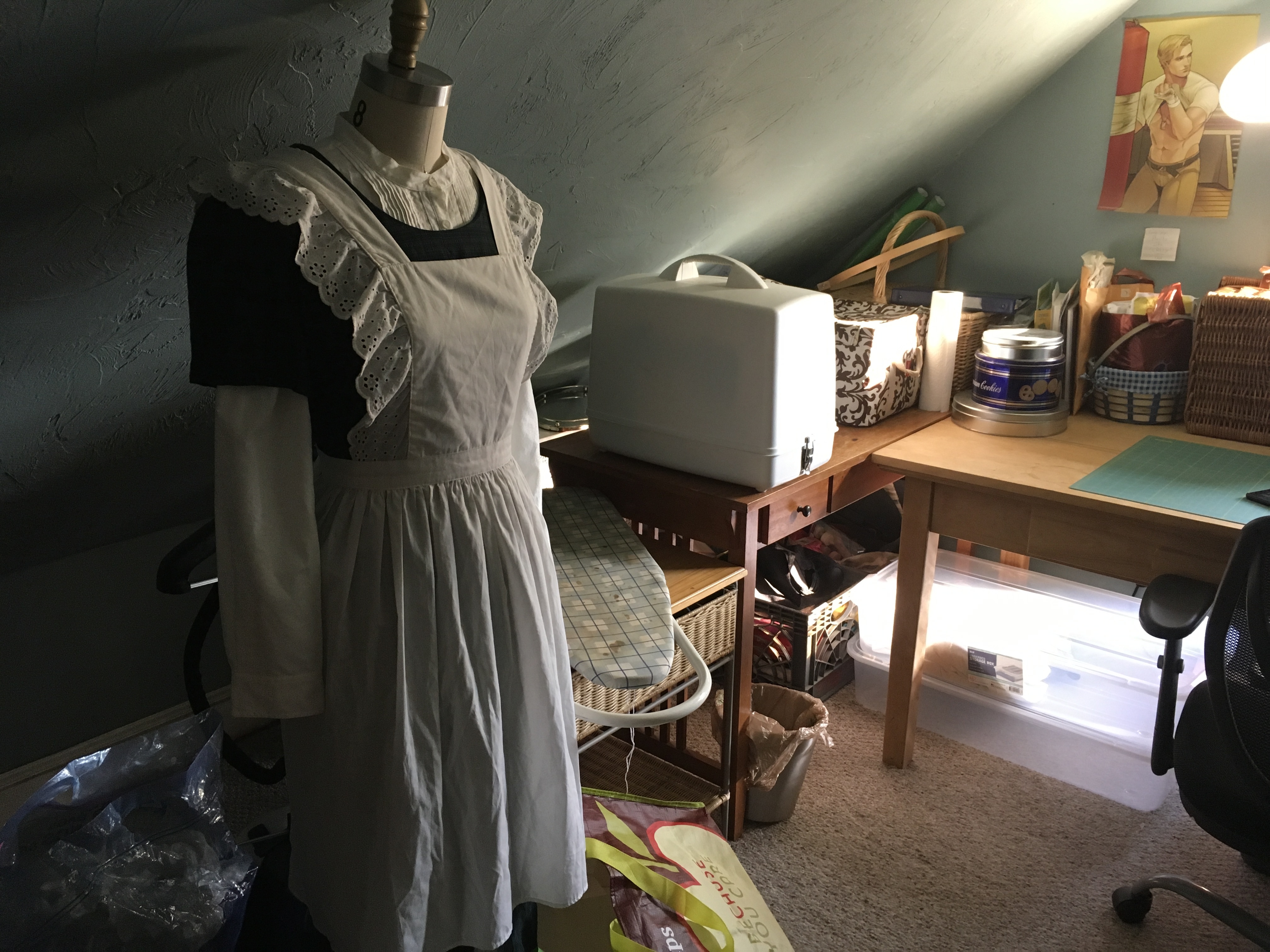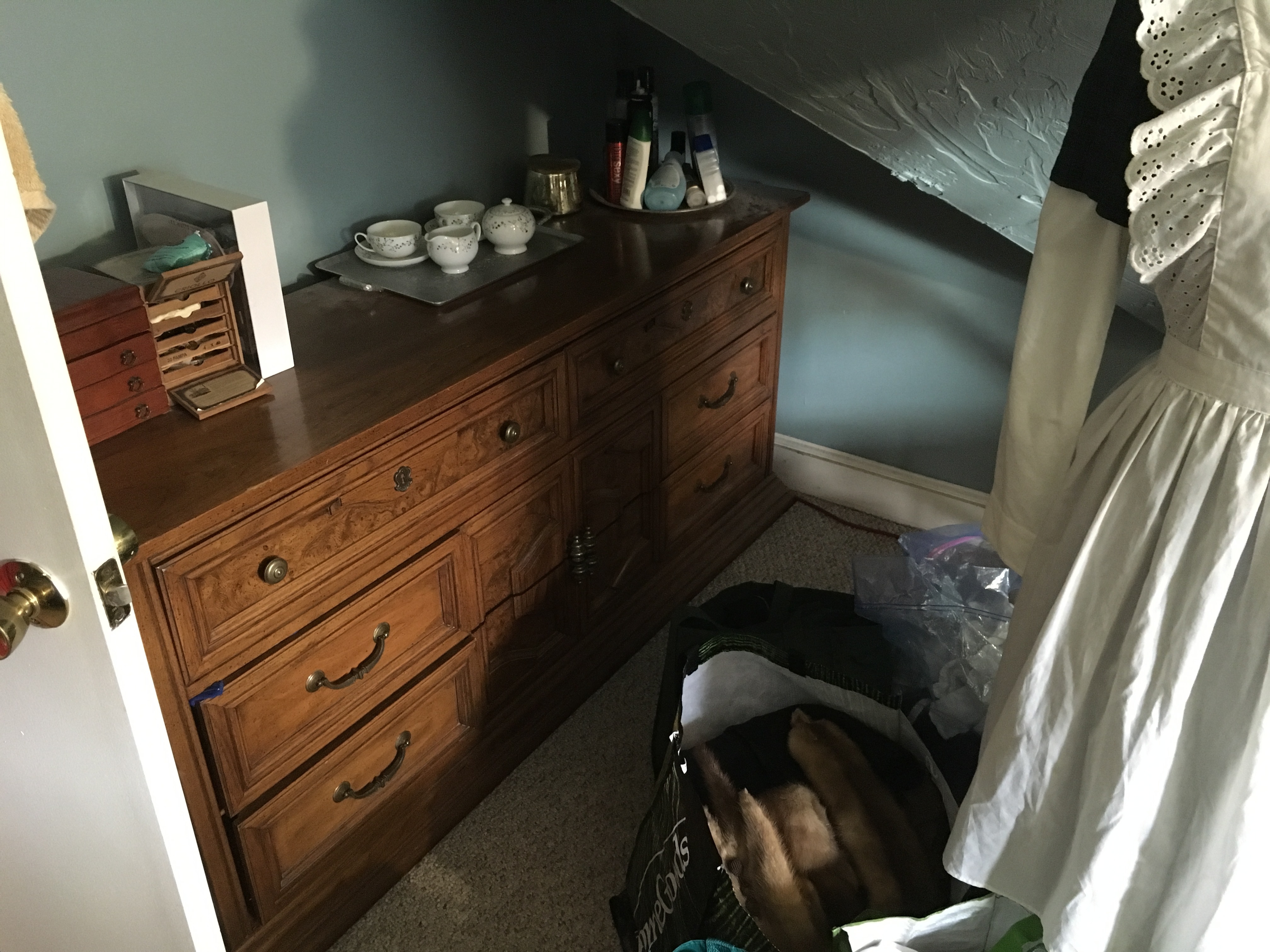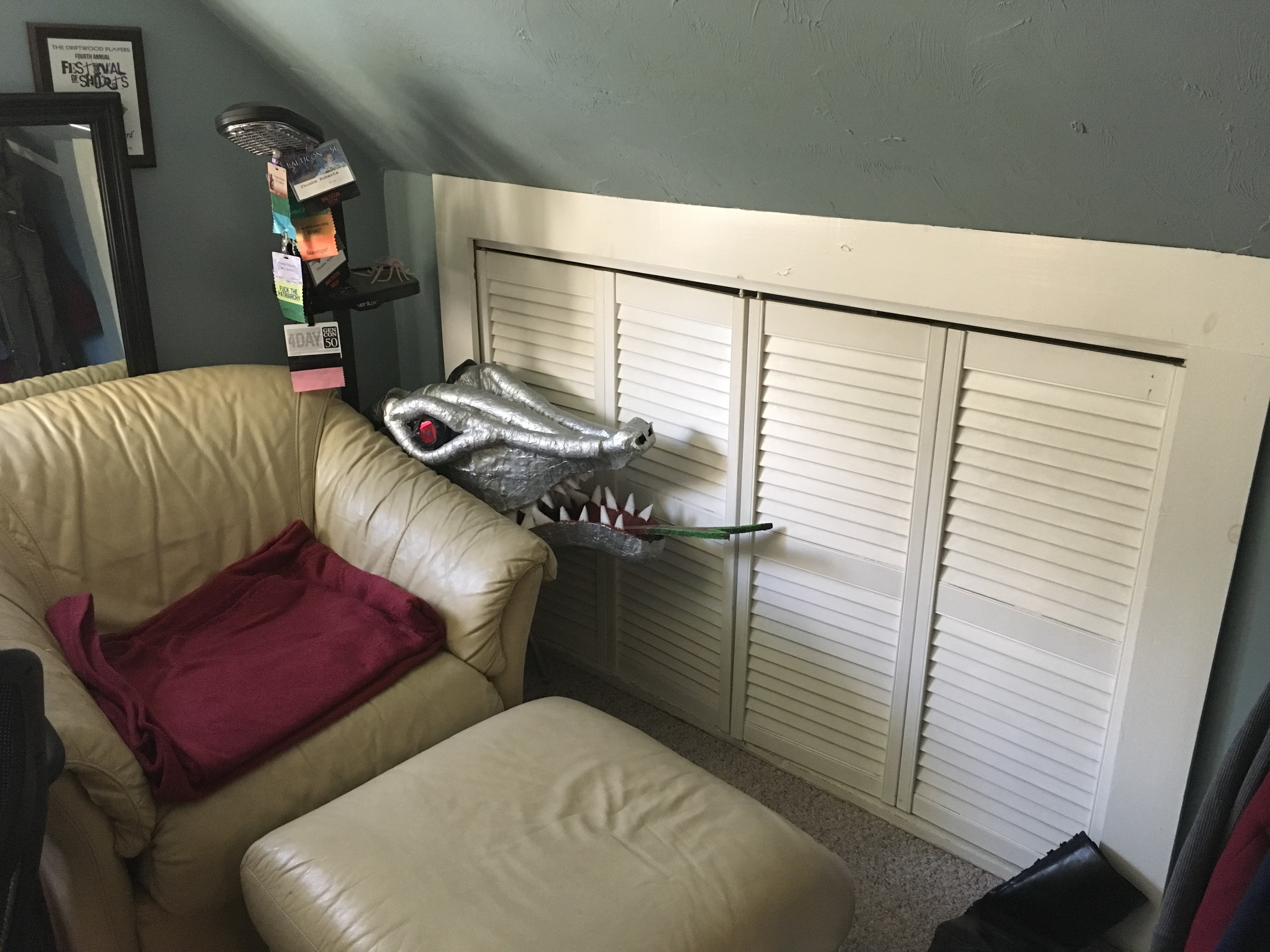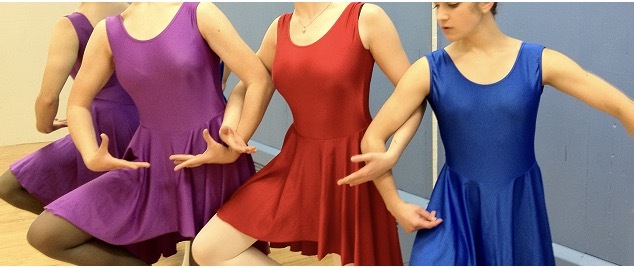Basic bitch color sense
Nov. 20th, 2024 09:25 amColor sense really isn’t my best skill. Right now I’m working on an art project where I need to come up with color palettes for individual items, consisting of at least three or four colors each, and I’m struggling.
While I’m very interested in color and can see minor gradations in it, I find that I am mostly drawn towards very basic combinations when required to put them together. You can see it in my dress sense; while I think I’m pretty good at putting together outfits that look nice, they are almost always limited to just a few tones. I’m lucky that I look good in most colors and do wear a wide variety, but in any one outfit I gravitate towards one vibrant shade with a few neutrals, or various shades of all one hue. Like, teal with black and white, or various shades of oxblood with dark gray. It looks fine, but often it’s more interesting and sophisticated to combine several bright colors that compliment each other in unexpected ways. I also do this in my costume design, where I assign a general color to characters and otherwise only permit them neutrals, and often default to obvious palettes like red versus blue.
I’d like to get better at that, particularly since I think it would suit this project, but it’s hard. Right now my strategy has been to Google combinations and see what other people put together, hoping for inspiration. Maybe this kind of research will help train my eye so that I can get better at coming up with these things myself. Anything to not just default to a bright with two neutrals, or lots of tone-on-tone.
While I’m very interested in color and can see minor gradations in it, I find that I am mostly drawn towards very basic combinations when required to put them together. You can see it in my dress sense; while I think I’m pretty good at putting together outfits that look nice, they are almost always limited to just a few tones. I’m lucky that I look good in most colors and do wear a wide variety, but in any one outfit I gravitate towards one vibrant shade with a few neutrals, or various shades of all one hue. Like, teal with black and white, or various shades of oxblood with dark gray. It looks fine, but often it’s more interesting and sophisticated to combine several bright colors that compliment each other in unexpected ways. I also do this in my costume design, where I assign a general color to characters and otherwise only permit them neutrals, and often default to obvious palettes like red versus blue.
I’d like to get better at that, particularly since I think it would suit this project, but it’s hard. Right now my strategy has been to Google combinations and see what other people put together, hoping for inspiration. Maybe this kind of research will help train my eye so that I can get better at coming up with these things myself. Anything to not just default to a bright with two neutrals, or lots of tone-on-tone.
